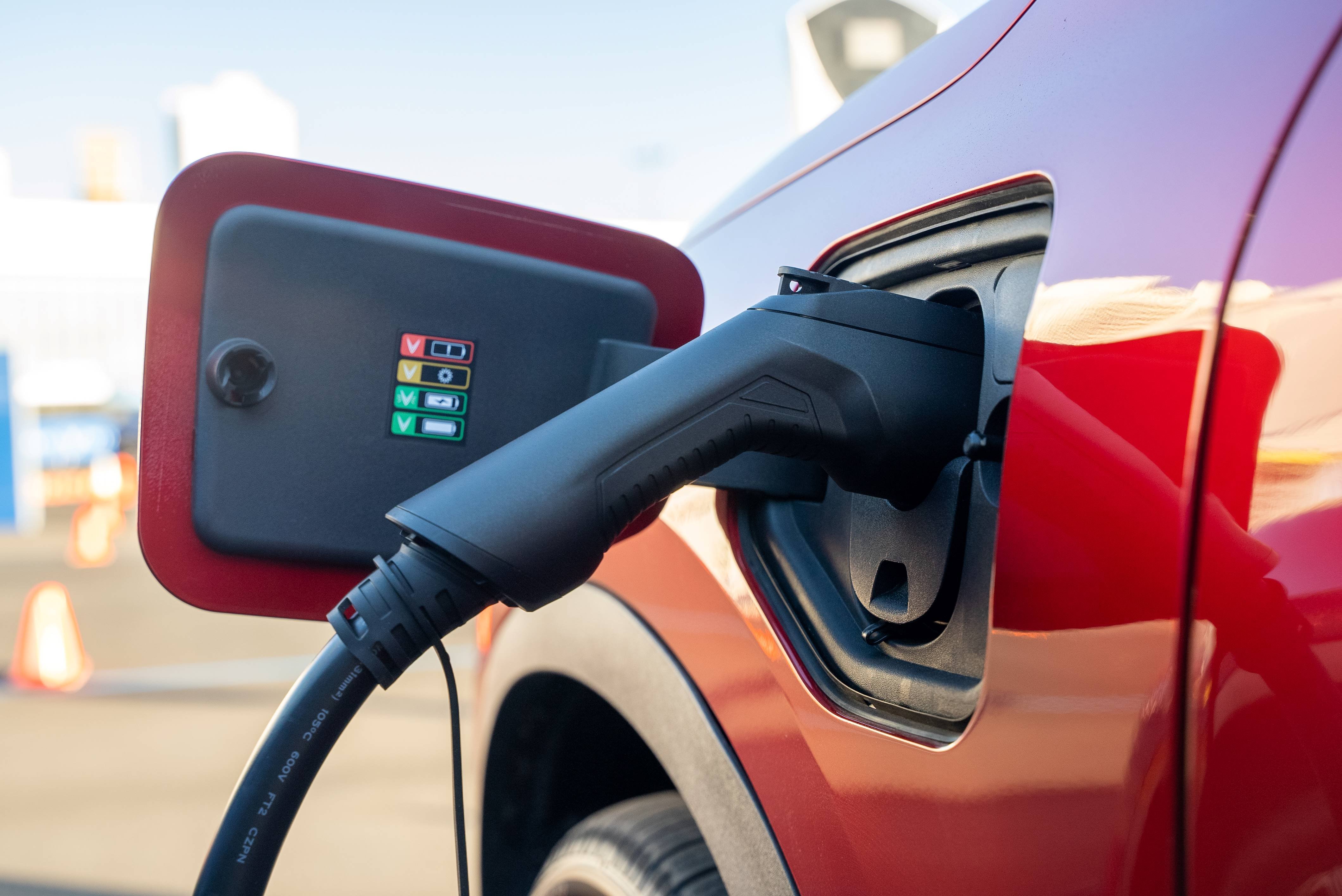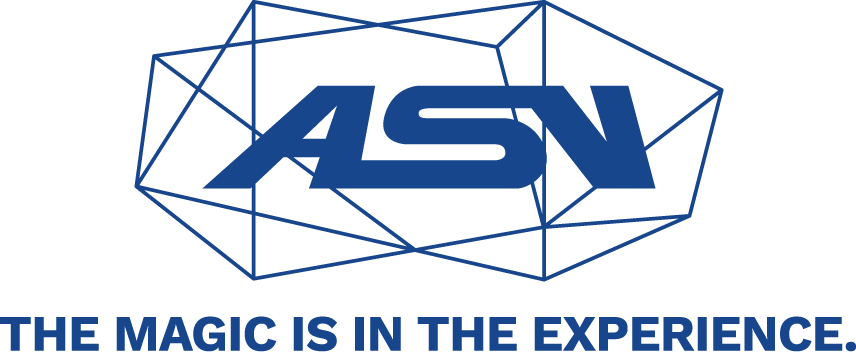The electric vehicle (EV) industry has transitioned from a niche market to an essential and rapidly expanding sector. This growth is fueled by the expansion of the EV charging network across various regions, governmental support in the form of incentives and subsidies for EV adoption, and advances in EV technology that address safety and reliability concerns.
Additionally, increasing consumer consciousness about environmental issues is leading to greater acceptance of EVs. This maturation of the sector has also intensified manufacturer competition, as evidenced by a significant increase in market share.

Addressing EV Industry Challenges
Despite its impressive growth, the EV industry faces several challenges. Consumers remain wary about issues such as anticipated resale values, the cost and technology of batteries, and the reliability of green energy sources. For marketers, the instinct might be to provide lengthy explanations through social content, brochures, and ads. However, engaging consumers through experiential marketing strategies, such as interactive demonstrations or immersive experiences, can be more impactful. This approach "shows" rather than "tells," effectively addressing concerns and highlighting the benefits of EVs.
How Experiential Events Shape the EV Consumer Journey?
Experiential events not only inform consumers about the features and benefits of EVs but also significantly enhance their experience, marking the beginning of their automotive consumer journey in the EV market. These events provide a platform for EV manufacturers to acknowledge industry challenges and concerns and to clearly communicate the measures being taken by manufacturers, the industry, and governments to tackle these issues.
These experiential events can take various forms, such as press events, automotive shows, dealership days, ride-and-drive events, and local ceremonies. They often feature immersive and virtual reality-augmented driving experiences, serving as effective tools for capturing consumer leads. For example, ride-and-drive events can incorporate learning areas with wall maps detailing charging infrastructure and live presentations to address common queries about driving ranges and the installation of home EV charging systems.
There is also a unique opportunity for regional events that create spaces for EV owners to come together post-purchase. These can include car shows, road trips, and sporting events. Marketing campaigns can also be timed for EV owners considering their next purchase, including invites to ride-and-drives of the latest models.
These events offer a valuable opportunity for broader stakeholders, including battery recyclers, government representatives, and electricity companies, to engage with the public. They can provide education, address concerns, and illustrate their contributions to the EV ecosystem. Additionally, these events can include video demonstrations by real EV owners, showcasing their home charging setups, solar panel integrations, and how they contribute power back to the grid. These real-life examples serve to demystify the EV ownership experience and encourage wider adoption.
Tailoring Experiential Marketing for EV Sales
Marketing strategies for products like automobiles typically differ based on audience type and geographical location. In larger regions, a dedicated operational division often oversees marketing efforts. This division sets goals and objectives, which the marketing department then implements. Each vehicle model is crafted to appeal to specific buyer personas, leading to distinct marketing strategies for each model.
The process begins with setting sales goals and objectives, which inform the development of a varied product mix. This mix is tailored to target specific buyer personas. By utilizing analytics, the effectiveness of these strategies is assessed, leading to the optimization of the marketing approach.
In terms of experiential marketing, this adaptation is evident in the choice of event venues, the design and ambiance of displays, the style of communication, and the on-site activities. Take, for instance, an electric SUV. In some markets, it may be marketed as a high-occupancy urban vehicle, while in others, it could be positioned as an off-road, high-capacity vehicle.
Is Experiential Marketing Effective for the EV Industry?
One of our favorite examples of a champion in this sector is VinFast — and they have the numbers to prove it. VinFast has worked with us to display their vehicles, featuring in-vehicle gaming, large LED displays, projection mapping technology, and scenic ride-and-drive experiences. The press event at CES generated nearly 4,000 leads, over 1,000 test drives, and 300 chauffeur rides. Its Electrify Expo Ride and Drive in Austin, Texas, produced nearly 2,000 leads and almost 1,000 test drives. At the Geneva Auto Show in Qatar, they gathered almost 1,500 leads. If you are ready to take the next step forward in your electric vehicle marketing strategy and show consumers what you have to offer, let's connect!






